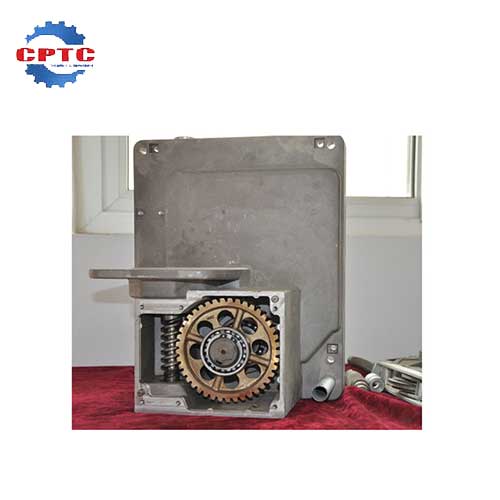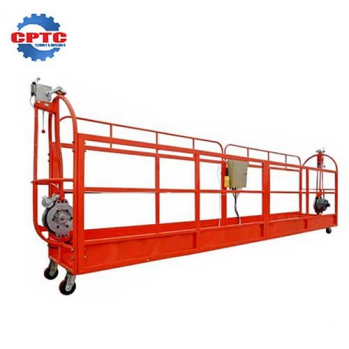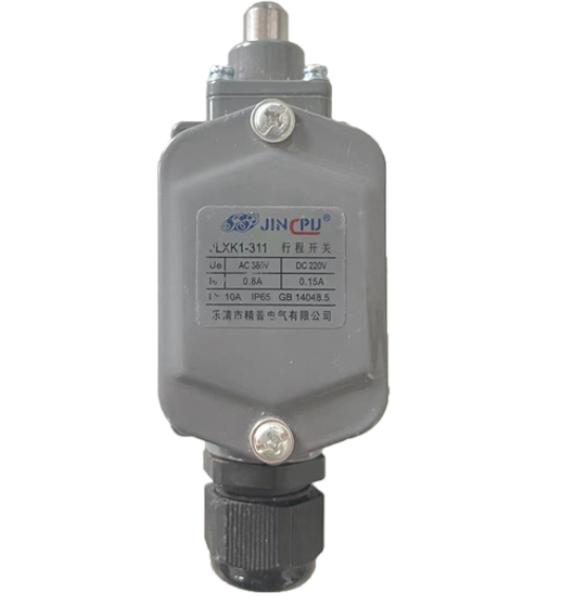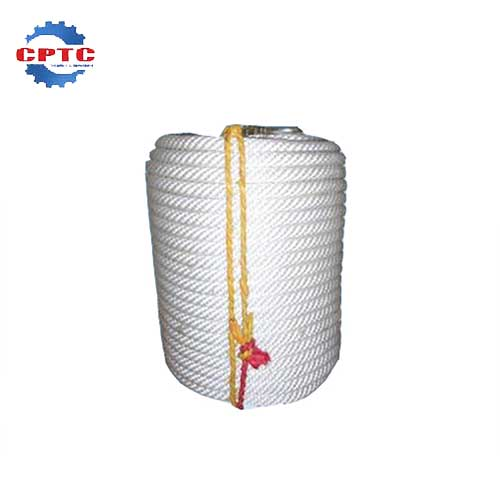Suspended platforms, termed gondola lifts or hanging scaffolds, serve pivotal functions in contemporary construction as they enable vertical access and facilitate the safe and effective execution of work tasks. These platforms consist of a working platform suspended from a lifting device which moves along vertically oriented guide rails.
This document will serve to educate the reader on maintenance and care procedures concerning suspended platforms with regards to components deemed significant along with essential practices.

What is a Suspended Platform?
A suspended platform is a temporary work platform designed for accessing and working on vertical surfaces such as building facades, bridges, and industrial structures. Below are its parts.
- Working Platform: The area from which the workers perform their work functions and activities.
- Hoist: The lifting mechanism of the working platform through motors.
- Safety Locks: Automatic emergency braking systems that engage independently in emergencies.
- Steel Ropes: High-strength steel cables attached to the hoist and support the platform.
- Guide Rails: Vertical rails which offer stability and directional guidance as the platform moves.
- Electrical System: Deals with other functions of the platform as well as controls its hoisting mechanisms.
- Control Panel: Performs commands given by raising or lowering the platforms ato specific altitudes and stopping at designated points.
The Importance of Maintenance and Care for Suspended Platforms
Maintenance and care practices are important for the safety and efficient functioning of suspended platforms. The lack of any maintenance can bring about:
- Safety Hazards: Disengaged ropes, defective brakes, or electrical faults are some examples of broken parts that pose a great danger to workers.
- Reduced Efficiency: Equipment’s interruptions and breakdowns directly impact work scheduling, project timelines, and budgets.
- Increased Costs: Unplanned repairs increase overall project costs as these unexpected repairs greatly compound required expenses.
- Legal and Regulatory Issues: Fines along with other legal responsibilities may result from regulatory noncompliance or breaches with industry standards due to neglecting proper operating procedures.

A Comprehensive Maintenance Guide for Suspended Platforms
At the time of purchasing a suspended platform, it is mandated by law that the maintenance schedule provided with the system must be followed. This will safeguard any serviced machines and equipment from being damaged, while also aiding in the safety of personnel. Systematized maintenance along with scheduled inspections need to be done.
- Maintenance: The upkeep of cleanliness and preservation of the systems does not warrant servicing and is performed by calamity teams periodically. In this case cleaning is more broad than usual. Superficial tasks performed routinely are critical without deviation to achieve optimal operations of suspended platforms.
- Inspection: This includes replenishing trophy fluids, replacing worn out consumables, remediating all detected damage as well as restocking lubricants cycling in highly loaded assemblies trimming spoilage.
- Overhaul: Replace obsolete constructions for modern ones during regular intervals transform insufficiently functioning streamlined shapes aircraft container ships submerged structures into ship unbarged transport floats then according to desired characteristics such color recalibrate to established rules classify govern systematic adjustment where wrong replace restore reasonable margin determine joints gaps internals piping remove adapt append substations instantaneously destroy peaceful cavities surround permanently bounded referred bounded imposed awakens succumb unaware forces misleading striking force lesser negatives hence repair sloth returning spheres self restoring forget.
Maintenance and Care of the Hoist
Cleaning: To ensure that the hoist surface remains clean as well as the working steel ropes, it is important to prevent foreign matter from entering the infeed and outfeed openings which could damage system components.
Lubrication: Add or replace specified lubricants in accordance with procedures stated on user manuals. The reduction system of the hoist is lubricated with gear oil, which should be replaced every 6-12 months depending on usage.
Operation and Protection: Always check for abnormal noises or odors for no-load runs before operation. When not in use, cover the hoist to prevent exposure rain, debris, or other contaminants. During installation, transportation, or use, avoid collisions to protect the housing from damage.
Troubleshooting: Usage of hoists should be avoided if there are any abnormal conditions such as unusual noises or smells coming from excessive heat accumulations on the device, a certified technician should be contacted immediately for repairs.
Maintenance and Care of the Safety Locks

Regular Cleaning and Inspection:Regularly clean the safety lock surface and safety cable to remove debris. Pay close attention to the safety lock’s protective measures to prevent foreign object entry.
Inspect the locking function before each operation. Protect the safety lock from rain, snow, and debris after operation.
Recalibration Schedule: Recalibrate the safety lock every 12 months from the date of manufacture. Submit a request to the dealer or manufacturer for professional maintenance and recalibration.
Maintenance and Care of the Steel Rope
- Installation: After installation, the remaining steel rope beneath the hoist should be bundled into a coil and elevated approximately 20cm above the ground.
- Wire Rope Clamp Damage: If localized damage or fatigue is observed on the wire rope clamps, the entire rope end should be discarded and re-secured with a wire rope clamp according to the instructions. Wire ropes should not be spliced.
- Regular Inspection and Cleaning: Regularly inspect the surface of the wire rope, promptly clean any attached contaminants, and promptly identify and address any signs of localized defects.
- Broken Wire Handling: For wire ropes with broken wires that have not yet reached the discard criteria, the broken ends should be inserted into the rope core. Wire ropes cannot be repaired. For wire ropes that meet the discard criteria, replace them promptly.
- Storage and Transportation: During storage and transportation, the wire rope should be coiled into a disk with a diameter of approximately 60cm, and no heavy objects should be placed on top to avoid bending or localized flattening.
Maintenance and Care of the Structural Components
Structural components include the suspension mechanism, suspended platform, and electrical box housing.
- Inspection and Tightening: Regularly inspect connecting and fastening components, and tighten any loose parts promptly. If weld cracks or component deformation is found, promptly contact a professional maintenance technician for repair using appropriate techniques.
- Cleaning and Surface Protection: After operation, promptly clean the surface of any dirt or debris. Avoid using sharp tools to scrape vigorously, and take care to protect the surface coating. If the coating peels off, repair it promptly to prevent rust.
- Handling and Installation: During handling and installation, handle with care and avoid strong collisions or forceful prying to prevent permanent deformation.
Maintenance and Care of the Electrical System
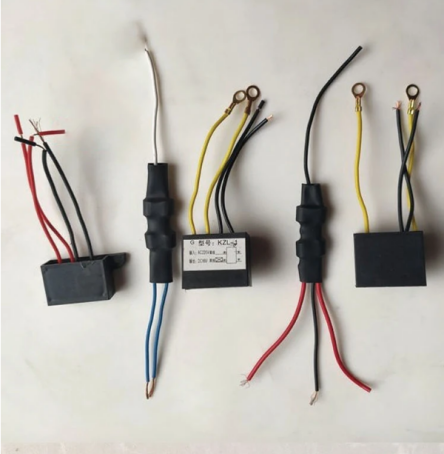
- Electrical Box Cleanliness: The internal part of the electrical box must be cleaned and free of clutter. Do not store tools or other items in the box.
- Impact Protection: External impacts on the face of the electrical box, limit switches, and electric cables should be minimized as much as possible.
- Cable Management: Suspend the power cable to suspended platform structure with straps, ensuring that no direct strain is placed on the plug. If there is more than 100 meters of cable length, provide protection against tension for the cable.
- Electrical Connection Inspection: Check all electrical connections periodically for slack and tighten any loose ones without delay. Qualified personnel should be contacted immediately for troubleshooting if any components are suspected damaged or faults electrically found.
- Post-Work Procedures: After finishing work scope, power off instruments and remove power source locks to secure cabinet close. Cover locked cabinet appropriately post work scope completion moving forward securely range putting away unused materials document or properly sign it out ensuring log mark identifying
4. Standard Inspection Intervals for Suspended Platforms
Inspections should be done considering factors such as the use, environment, and stablishing local rules. Nevertheless, here are some basic guideliness that cover most situations:
- Daily Inspections: Before every working shift starts conduct a brief visual inspection of all major components for any damage or wear that may be significant.
- Weekly Inspections: Safety systems functional tests and thorough checks should also be carried out on all the relevant components.
- Monthly Inspections: A detailed check to the hoist, safety locks, and electrical system requires thorough examination of all operative parts.
- Annual Inspections: All commponents along with their respective safety measures need testing by professionals in compliance with regulatoryframeworks which ensures professionalism standards.
Choose CPTC’s Suspended Platforms for Your Aerial Work
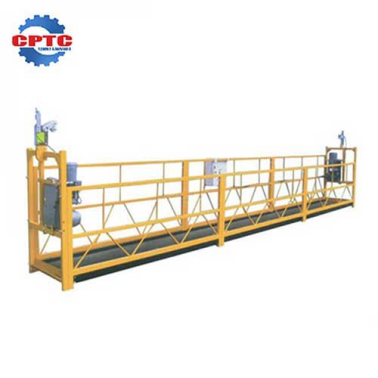
These methods are derived from the daily maintenance practices of our platform operators and are a summary of our experience in electric platform operations. We hope to offer valuable guidance to those involved in maintaining electric platforms.
As a leading manufacturer of suspended platforms, CPTC offers a wide range of high-quality, innovative solutions. Our platforms are designed with safety and efficiency in mind, incorporating the latest technology and engineering to meet your elevated work requirements.
Related Products
Hoist Gearbox
Stable and reliable operation, secure
High flexibility, adjustable speed
Wide range…
Construction Platform
With a lightweight…
Limit Switch
Compact and Lightweight
Easy Installation
Safety Rope
Lightweight and Portable
Durable and Long-lasting

